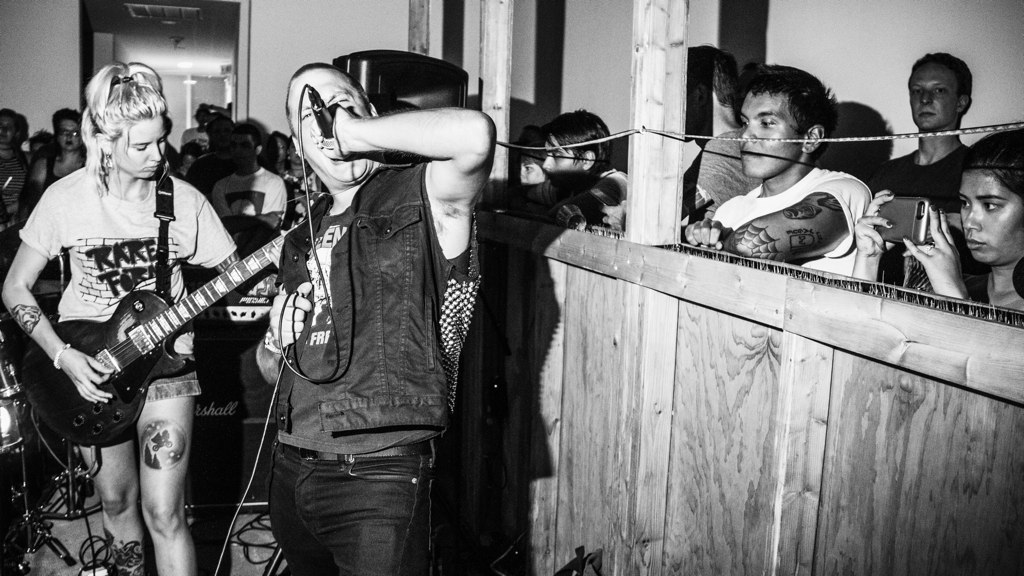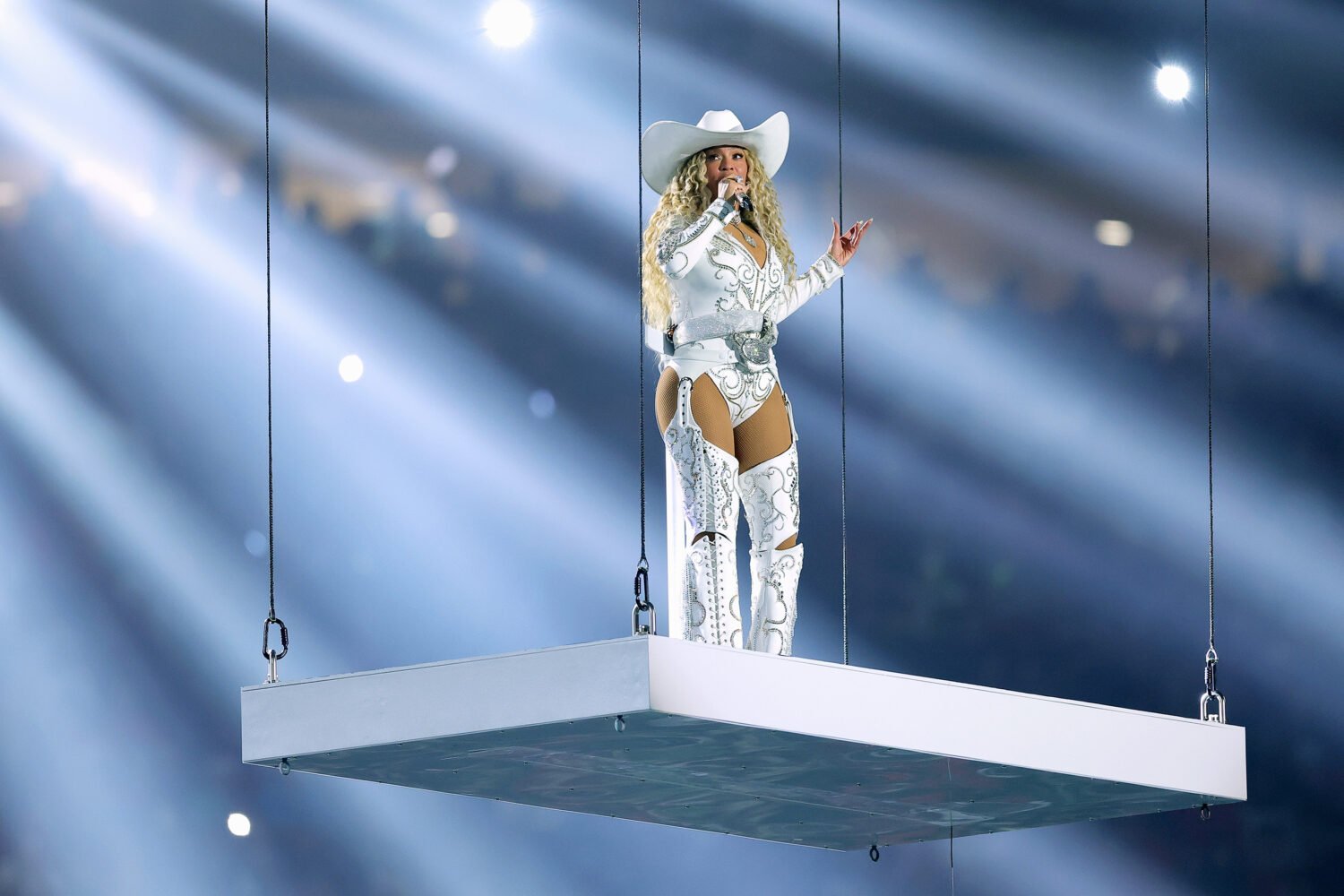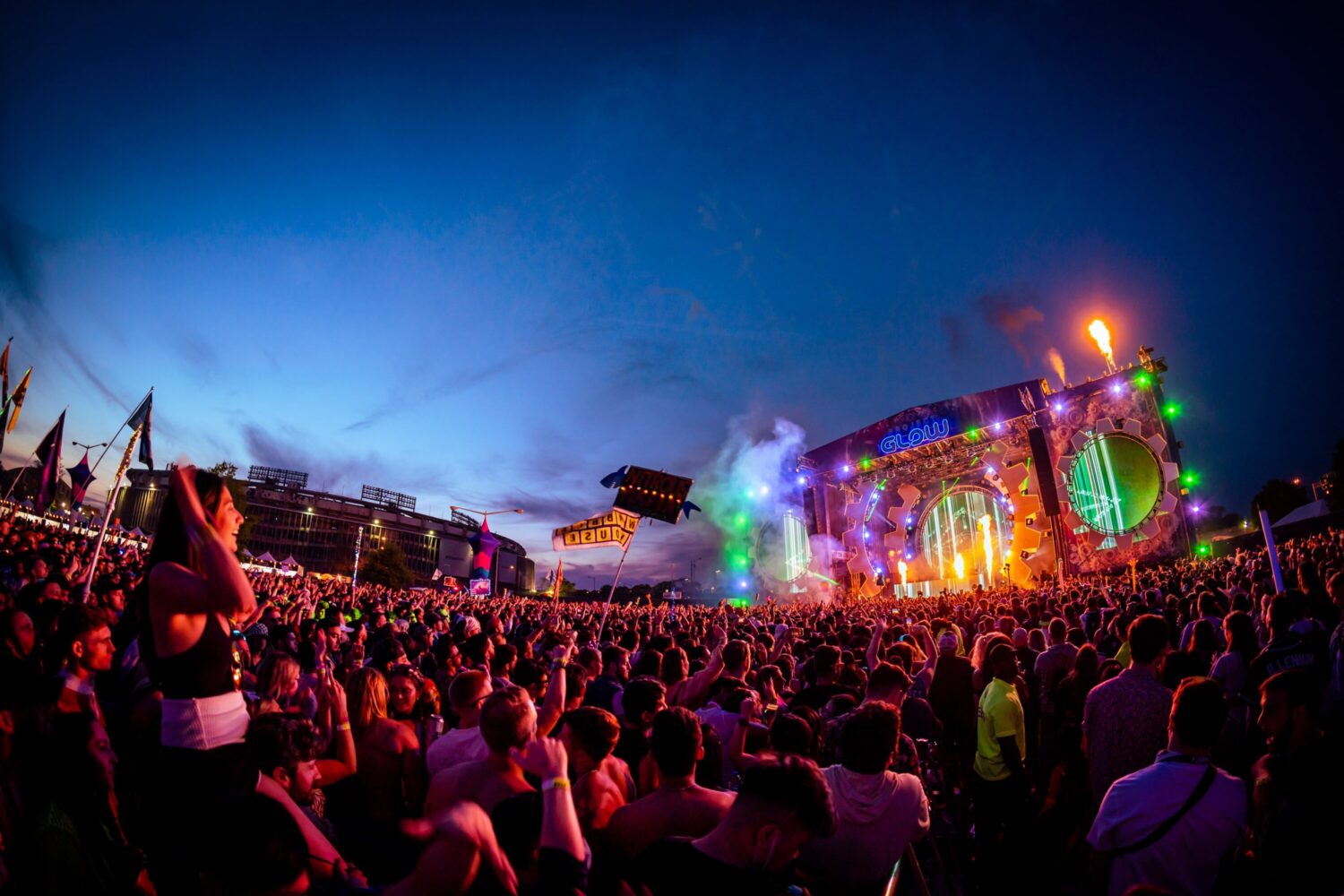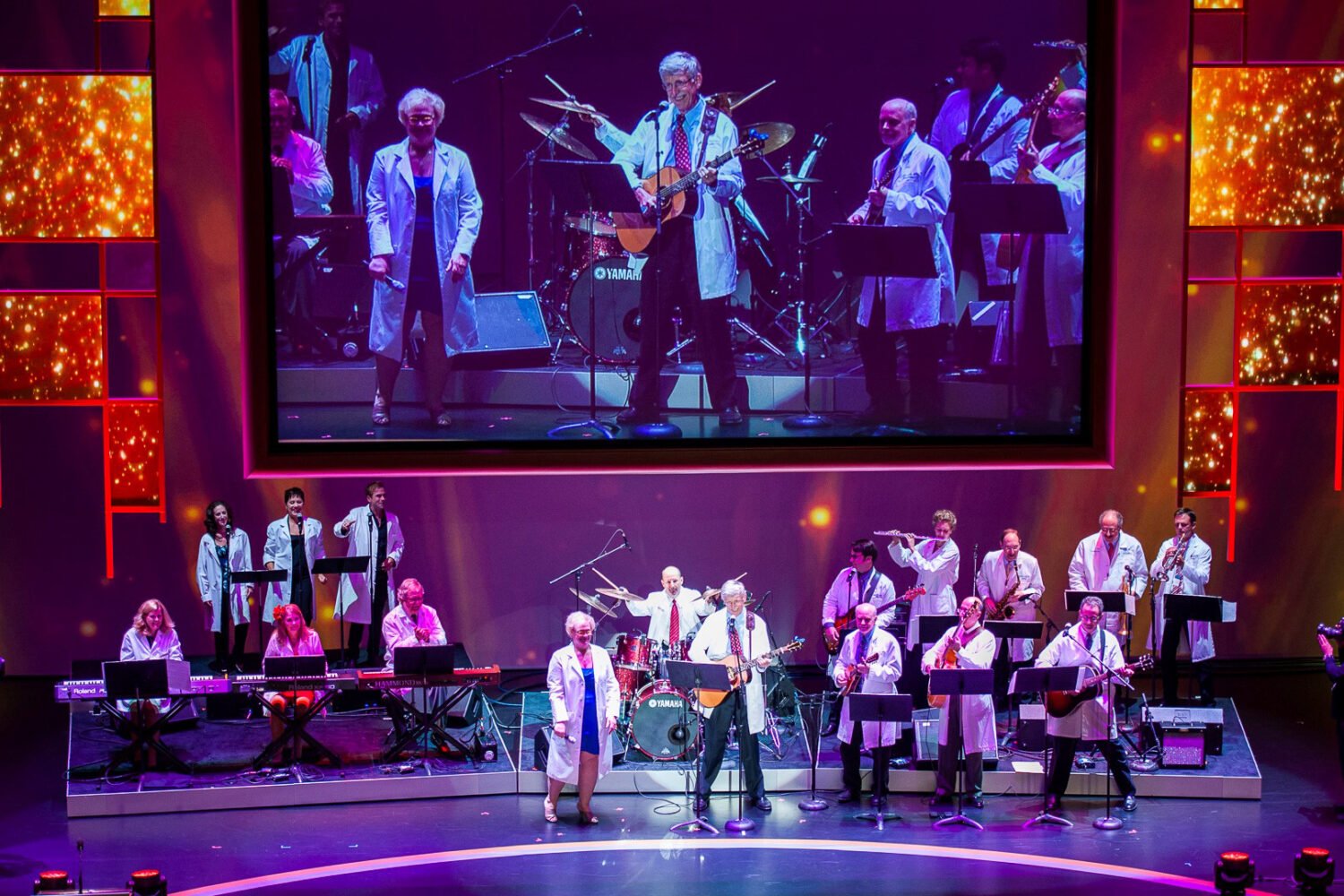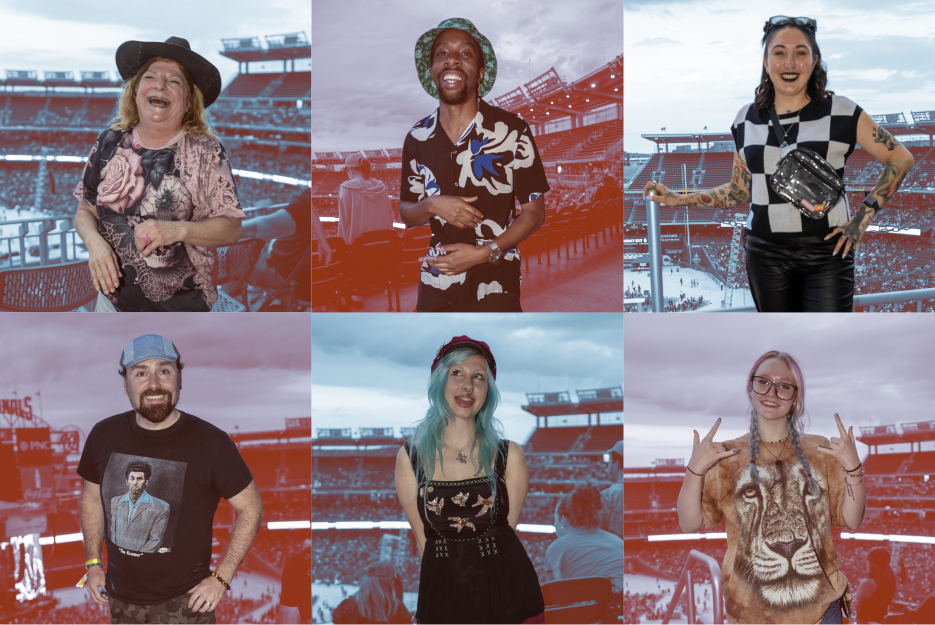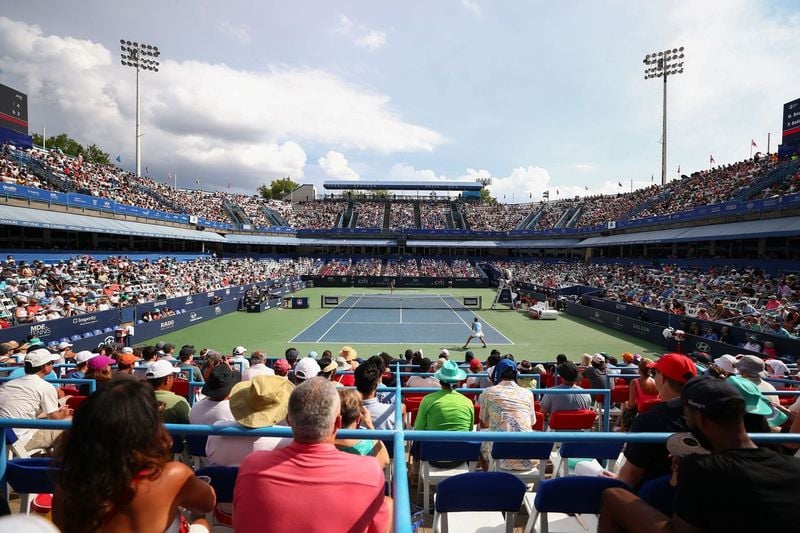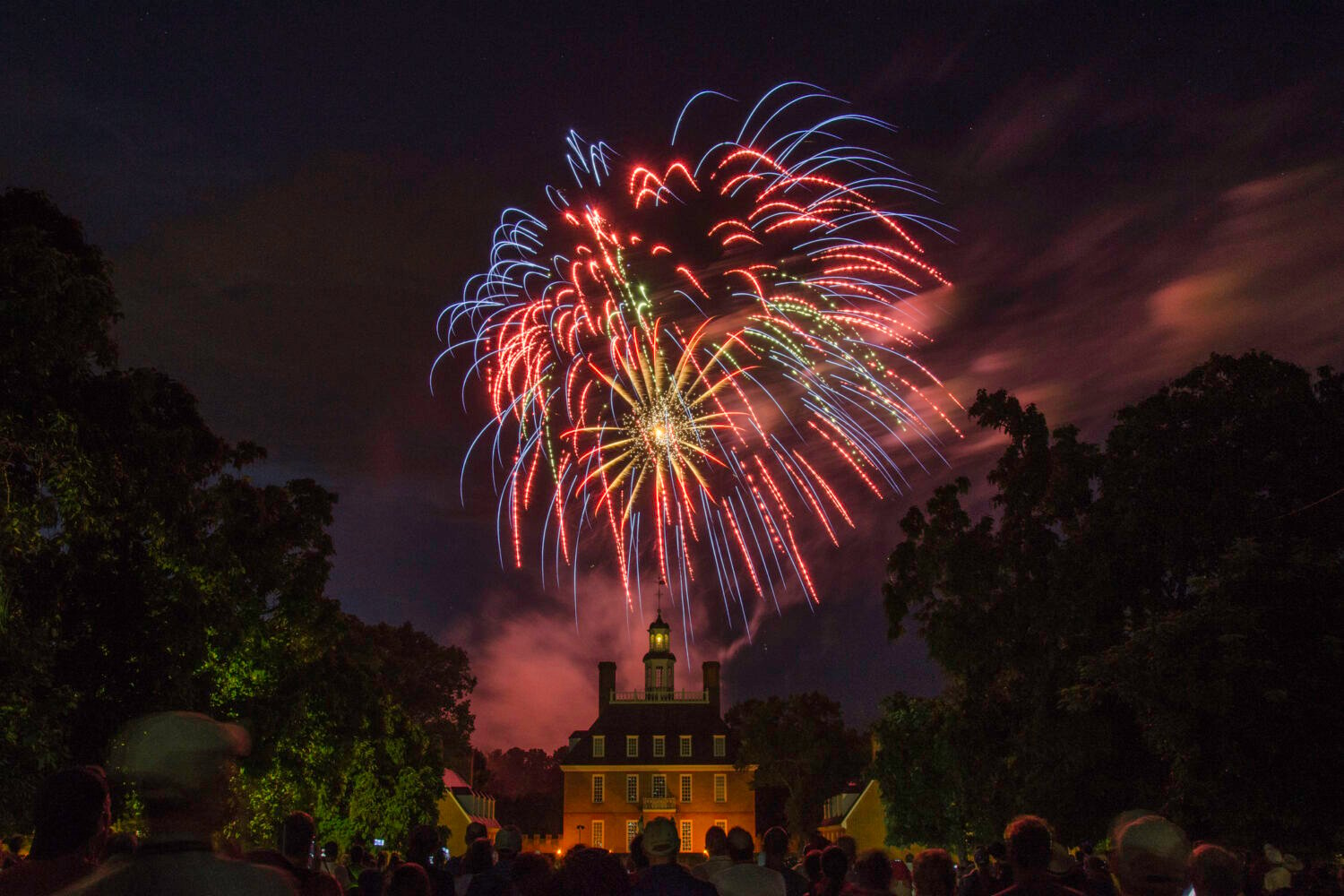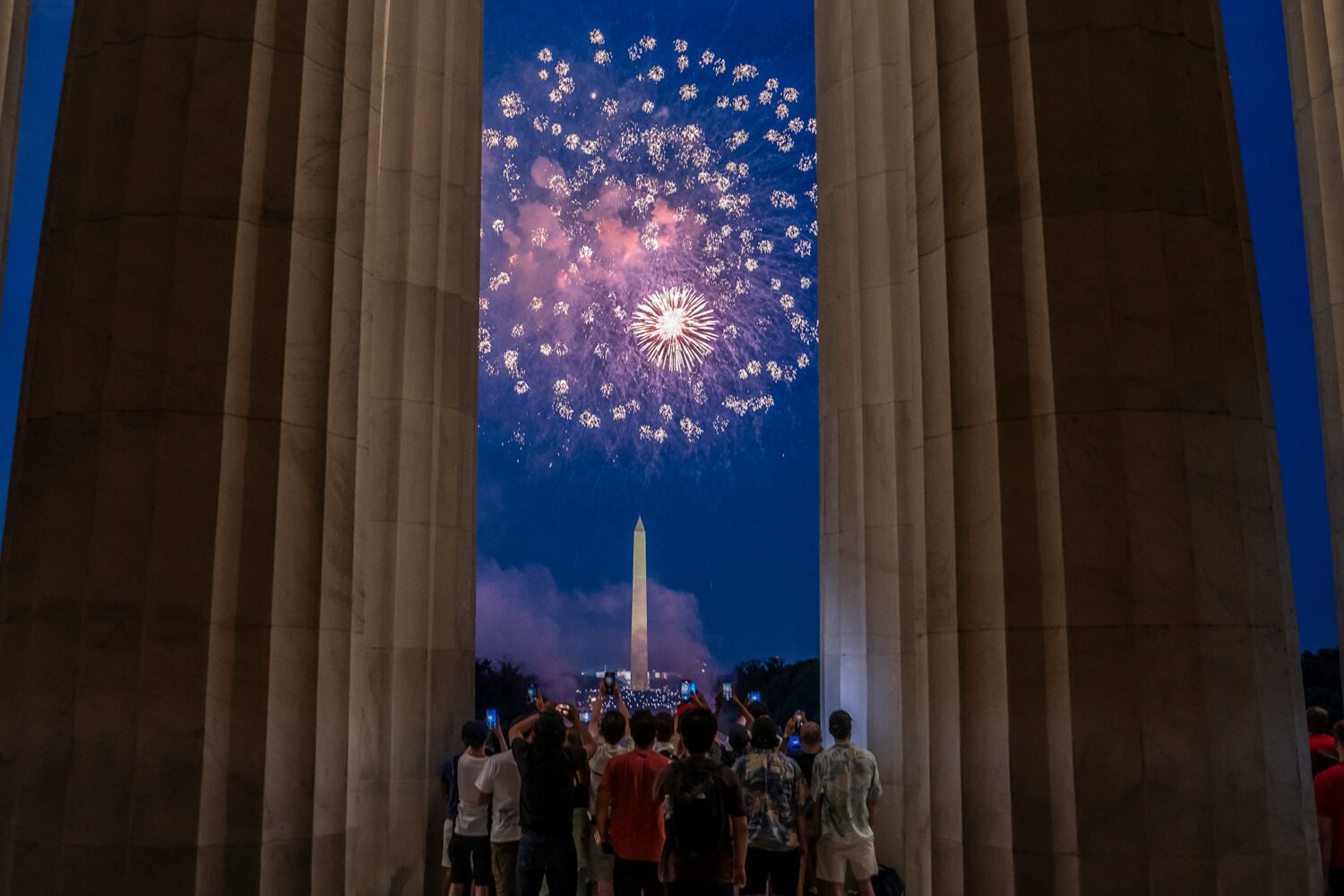You’ve probably taken a shot of wheatgrass before — it’s a thick, green liquid, sweet at first and followed by a bitter aftertaste of, well, grass. If you’ve heard about wheatgrass’ numerous health benefits, the setting was probably an upscale juice bar, and the person who told you was probably peppy and clad in Lululemon.
You’ve probably never heard about wheatgrass while attending a punk show. But that’s what’s happening at Hamiltonian Gallery over the next few weeks: “Wheatgrass juice acts as a detergent the body can use,” the lead singer of the band Heatwave panted into the mic as he paced the stage between his drummer and guitarist last Saturday night. “And it acts as a body deodorant, which I will need after this set.” You also probably haven’t heard a punk band rave about wheatgrass in the middle of a white-walled art gallery — but that’s exactly what artist Naoko Wowsugi wants you to experience.
Wowsugi is the creative mind behind “Permacounterculture,” an exhibition at the Hamiltonian, a U Street gallery that showcases the work of emerging DC artists. In the middle of the gallery, Wowsugi and others have built a wooden “garage,” where 10 local punk bands will serenade little green shoots of wheatgrass that grow out of plastic nursery flats in the garage’s cutout windows. Gallery attendees can wander in, pluck a handful of wheatgrass, and bring it to a gallery staffer on the sidelines, who juices the “punk-infused” shoots with a hand-powered crank.
The crazy idea behind all of this is that a punk show might actually be the perfect environment for wheatgrass cultivation. The conventional wisdom that talking to plants helps them grow is no scientific fact, but some experts acknowledge that plants seem to like it when you exhale carbon dioxide at them, or when sound waves in their vicinity circulate the CO2. After watching a segment of Mythbusters on the topic, Wowsugi and her colleagues at the Hamiltonian decided to take things one step further. “Punk venues get very sweaty and mosh-y,” says Nicole Dowd, Hamiltonian’s program manager. “The amps also make a lot of vibrations.” Throw in some magenta growing lights and a twice-daily watering regimen, and you’ve got everything a baby wheatgrass plant needs to thrive.
Wowsugi, who teaches at American University, was introduced to local punk culture just a few months ago by one of her students. She began spending several days a week at DC Public Library’s Punk Archive, a unassuming gold mine of photos, zines, recordings, and other ephemera. When she learned the library had organized punk shows in its own basement, her gallery show idea started to seem feasible. “The library had gotten very good at it,” says Dowd. “So we were like, if a library can do it…”
A few months later, three bands gathered for the opening night on August 13, drawing an impressive crowd. The rest of the bands will perform at two other shows on August 25 and September 9. The musicians take shots of wheatgrass and shout out the benefits of the plant before the concerts begin. (“They’re really good at it, like lawyers,” Wowsugi says. “But with more passion.”) On days when the bands aren’t present, Wowsugi broadcasts a recording of the opening concert to the thousands of sprouts growing in the cavernous gallery.
Wowsugi and Dowd hope the exhibition can make both wheatgrass and punk accessible to crowds that may not have much exposure to either of them. “We were thinking about health culture here in DC, and the way that juice bars pop up in very wealthy, yuppie neighborhoods,” says Dowd. “We also wanted to expose a lot of people who wouldn’t normally go to a punk show.”
In demonstrating the symbiotic relationship between wheatgrass and punk, Wowsugi and Dowd also hope to get visitors to examine the connections between punk culture, which has a strong vegan streak, and urban farming — to show that wheatgrass can grow just as rapidly in a crowded garage as it can on a farm, and that a superfood shot is as welcome at a punk show as it is in a $15 smoothie. “There are a lot of things in life that parallel each other but rarely cross,” says Wowsugi. “I feel like art can make them cross somehow.”
Permacounterculture is running at the Hamiltonian Gallery, 1353 U St. NW, through September 10. Suggested donation of $5-$10 at the door.

